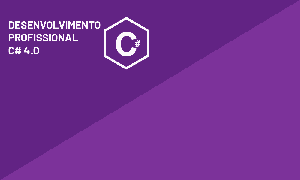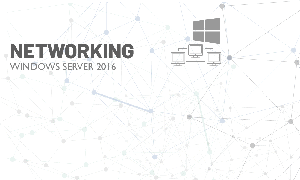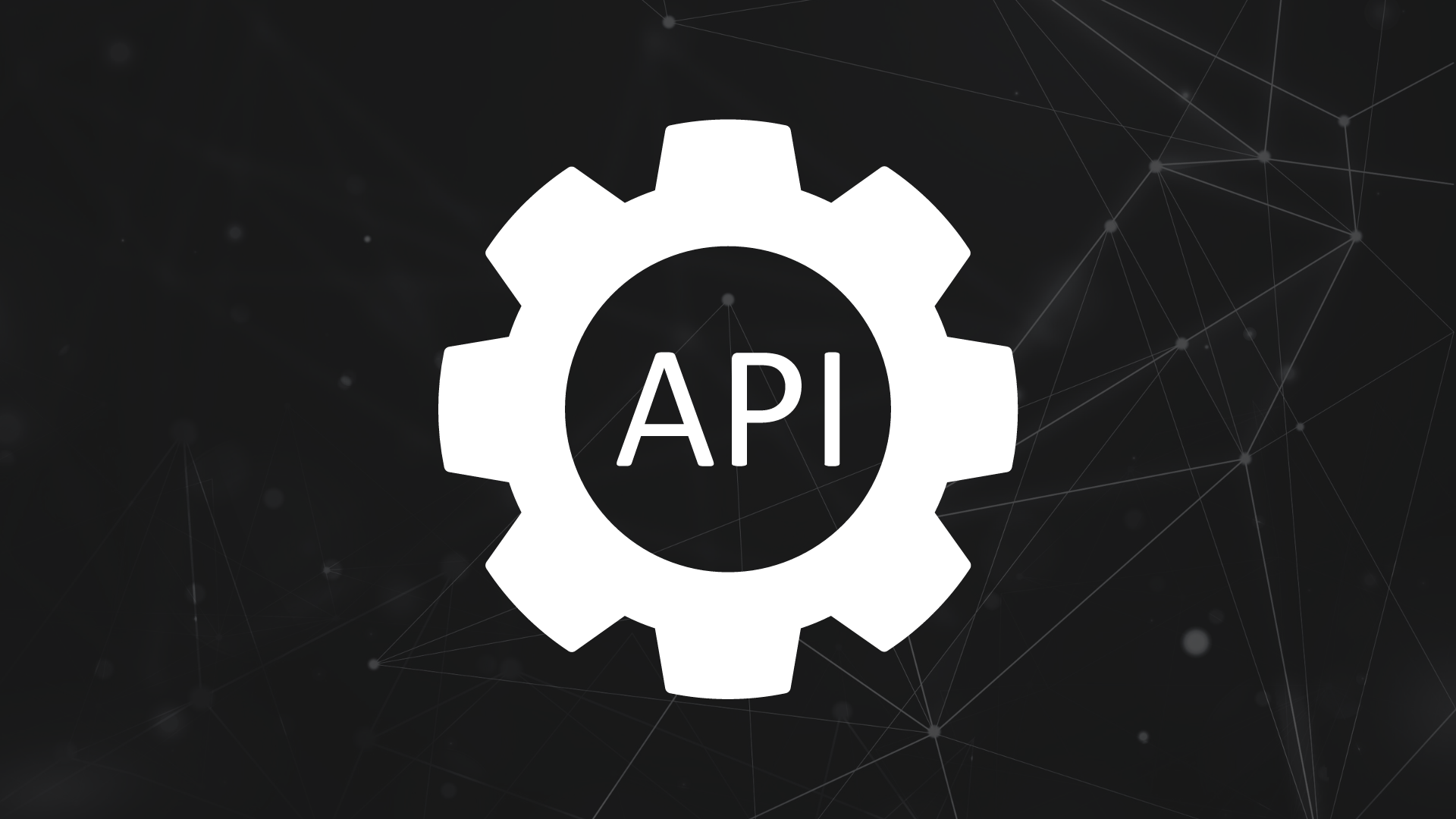Programming in C#
Objetivo
This training course teaches developers the programming skills that are required for developers to create Windows applications using the C# language. During their five days in the classroom students review the basics of C# program structure, language syntax, and implementation details, and then consolidate their knowledge throughout the week as they build an application that incorporates several features of the .NET Framework 4.5.
Pré-Requisito(s):
Carga Horária:
Data da Próxima Turma:
-
Investimento
Conteúdo
Module 1: Review of C# Syntax
Module 2: Creating Methods, Handling Exceptions, and Monitoring Applications
Module 3: Developing the Code for a Graphical Application
Module 4: Creating Classes and Implementing Type-safe Collections
Module 5: Creating a Class Hierarchy by Using Inheritance
Module 6: Reading and Writing Local Data
Module 7: Accessing a Database
Module 8: Accessing Remote Da
Module 9: Designing the User Interface for a Graphical Application
Module 10: Improving Application Performance and Responsiveness
Module 11: Integrating with Unmanaged Code
Module 12: Creating Reusable Types and Assemblies
Module 13: Encrypting and Decrypting Data






